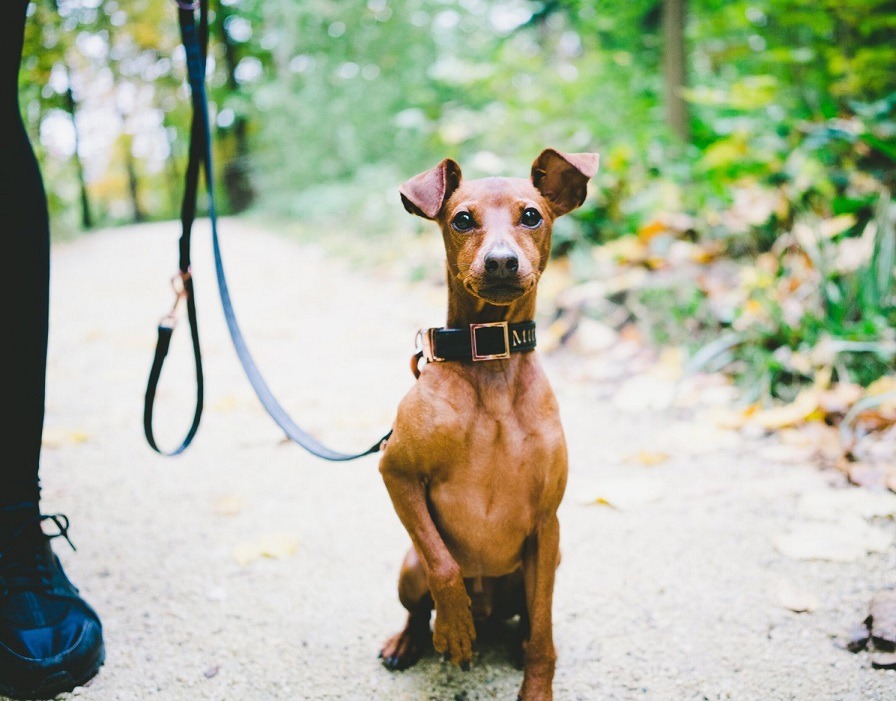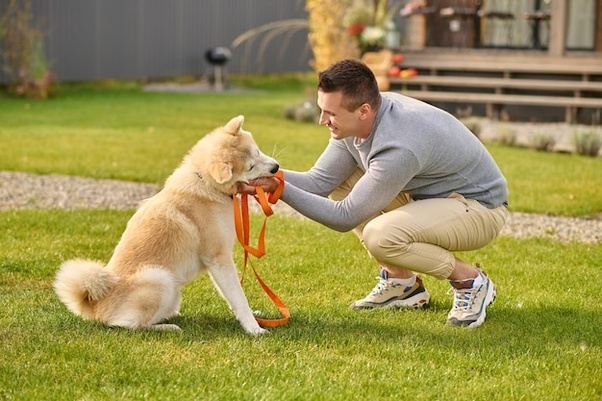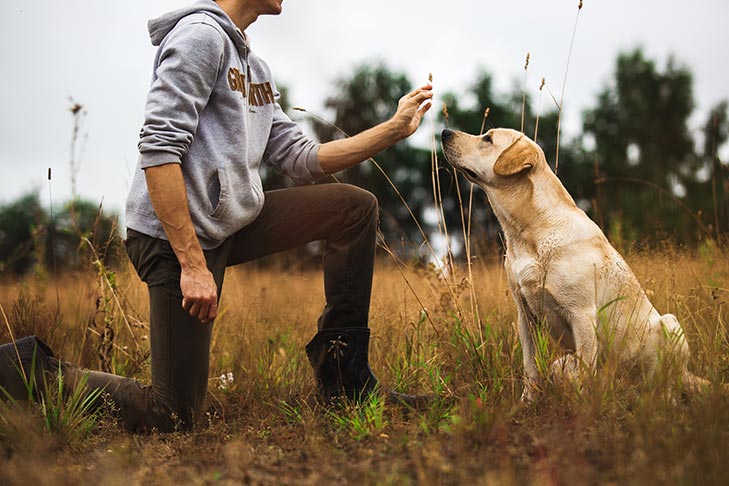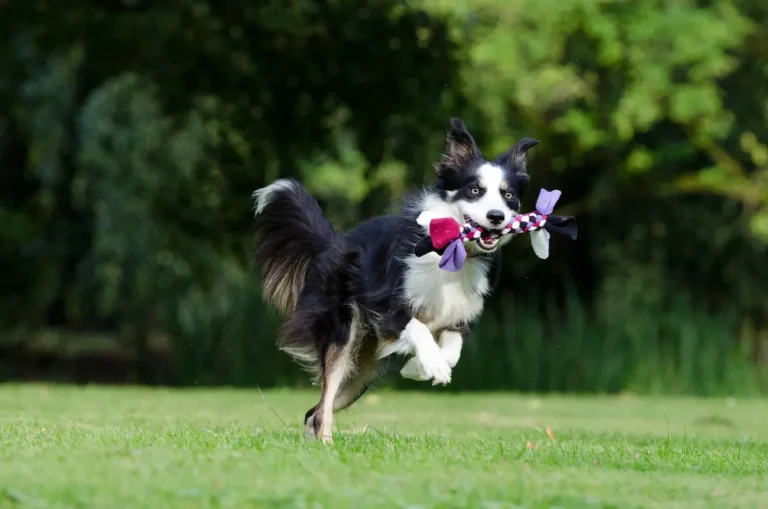When it comes to training your furry friend, finding the right tools and techniques is crucial for an effective and safe training experience. Training collars and tools are popular choices among dog owners for their ability to aid in teaching commands and correcting behavioral issues. However, with a wide range of options available in the market, it can be overwhelming to choose the right fit for your dog. In this article, we will explore different types of training collars and tools, their benefits, and how to select the most suitable one for your beloved pet. By understanding the options and considerations, you can ensure a positive training journey for both you and your dog.
Understanding Training Collars
When it comes to training your dog, using the right tools is essential. Training collars are a popular choice among dog owners for their effectiveness in teaching obedience and correcting behavioral issues. Understanding how training collars work and the different types available can help you find the right fit for your furry friend.
Types of Training Collars
There are several types of training collars available in the market, each designed to serve a specific purpose. Here are some common types:
- Flat Collars: Also known as buckle collars, these are the most basic and commonly used collars. They are made of nylon or leather and are adjustable to fit comfortably around your dog’s neck. Flat collars are suitable for everyday use and can hold identification tags.
- Martingale Collars: Martingale collars are designed for dogs with narrow heads, such as Greyhounds and Whippets. They consist of a flat collar with an additional loop that tightens when the dog pulls, preventing them from slipping out of the collar.
- Prong/Pinch Collars: Prong collars have metal prongs on the inside that press against the dog’s neck when they pull. Although they may look intimidating, when used correctly, prong collars can be a useful tool for training strong and stubborn dogs.
- Shock Collars: Shock collars, also known as electronic collars, deliver a mild electric stimulation to the dog’s neck when triggered by a remote control or an automatic sensor. They can be used for various training purposes, including obedience training and to deter unwanted behaviors.
- Head Collars: Head collars, such as the Gentle Leader or Halti, fit around the dog’s muzzle and neck. They provide control by gently guiding the dog’s head, making it harder for them to pull or lunge.
Benefits of Using Training Collars
Training collars offer several benefits when used correctly and responsibly. Here are some advantages of incorporating training collars into your dog’s training routine:
- Effective Training: Training collars can expedite the training process by providing clear and immediate feedback to your dog. They can help reinforce commands and discourage unwanted behaviors effectively.
- Versatility: Different training collars serve different purposes, allowing you to tailor your training approach to your dog’s specific needs. Whether you need to teach basic commands, address behavioral issues, or improve leash manners, there is a training collar that can help.
- Safety: When used responsibly and under the guidance of a professional trainer, training collars are safe for your dog. They provide a controlled and humane way to communicate with your pet and ensure their safety in various situations.
Considerations Before Using Training Collars
Before incorporating training collars into your dog’s training regimen, it is important to consider the following:
- Professional Guidance: Seek advice from a professional dog trainer who specializes in positive reinforcement training methods. They can guide you on the appropriate use of training collars and ensure you are using them correctly.
- Fit and Comfort: Ensure the training collar fits your dog properly and does not cause any discomfort or pain. It should be snug enough to prevent slipping but not too tight to restrict breathing or movement.
- Training Techniques: Training collars should be used as a supplement to positive reinforcement training methods. It is important to focus on rewarding desired behaviors rather than relying solely on aversive techniques.
By understanding the different types of training collars, their benefits, and considering important factors, you can make an informed decision about using training collars to train and communicate effectively with your dog. Remember, positive and consistent training techniques along with the right tools can bring out the best in your furry companion.
Choosing the Right Training Collar
When it comes to training your dog, finding the right training collar is crucial. It can make a significant difference in the effectiveness and efficiency of your training sessions. However, with so many options available in the market, it can be overwhelming to choose the right one for your furry friend. This section will guide you through the process of selecting the perfect training collar for your dog.
Assessing your dog’s needs
Before diving into the various collar options, it’s important to assess your dog’s specific training needs. Every dog is unique, and what works for one may not work for another. Consider the following factors to determine the most suitable training collar for your dog:
- Size and Breed: The size and breed of your dog play a significant role in selecting the right training collar. Some breeds may require more gentle training methods, while others may respond better to firmer corrections.
- Temperament: Take into account your dog’s temperament. Is your dog generally calm and responsive, or does it tend to be stubborn and strong-willed? Dogs with different temperaments may require different training collar approaches.
- Training Goals: Clearly define your training goals. Are you looking to address specific behavioral issues, train basic obedience commands, or participate in advanced training activities? Understanding your training objectives will help you choose a collar that aligns with your goals.
Factors to consider when selecting a training collar
Once you have assessed your dog’s needs, it’s time to consider the following factors when selecting a training collar:
- Training Method: Decide on the training method you are comfortable with. There are various options, including positive reinforcement, negative reinforcement, and balanced training. Each method requires a different type of collar, so choose one that aligns with your preferred training approach.
- Collar Type: There are several types of training collars available, such as choke collars, prong collars, shock collars, and vibration collars. Research each type thoroughly and consider their effectiveness, safety, and potential impact on your dog’s well-being.
- Adjustability and Fit: Ensure that the collar you choose is adjustable and fits your dog properly. A collar that is too loose may slip off, while a collar that is too tight can cause discomfort or injury. Proper fit is essential for both effective training and your dog’s comfort.
Pros and cons of different training collar options
To make an informed decision, it’s important to understand the pros and cons of different training collar options. Here are some key points to consider:
- Choke Collars: These collars tighten around the dog’s neck when pulled, applying pressure as a correction. While they can be effective for certain dogs, they require careful usage to avoid injury and should be used under the guidance of a professional trainer.
- Prong Collars: Prong collars have metal prongs that dig into the dog’s neck when tension is applied. They can provide more control but should be used with caution and only by experienced trainers to prevent harm.
- Shock Collars: Shock collars deliver an electric shock as a correction. They can be effective for some dogs but should be used sparingly and with proper training to avoid causing fear or pain.
- Vibration Collars: Vibration collars emit a vibration as a correction. They are considered a more humane alternative to shock collars and can be effective for dogs that are sensitive to vibrations.
Remember, it’s essential to consult with a professional dog trainer or behaviorist before using any training collar. They can provide guidance on the most suitable option for your dog’s specific needs and teach you how to use it correctly and safely.
By understanding your dog’s needs, considering various factors, and weighing the pros and cons of different training collar options, you can make an informed decision and find the perfect training collar to help you effectively train and communicate with your beloved canine companion.
Training Tools and Techniques
Additional tools for effective training
When it comes to training your dog, there are various tools that can assist in making the process more effective. While training collars are commonly used, there are additional tools that can be incorporated to aid in training your furry friend. These tools include:
- Clicker: A clicker is a small handheld device that emits a distinct clicking sound when pressed. It is used as a marker to signal to your dog that they have performed the desired behavior correctly. The clicker acts as a bridge between the behavior and the reward, making it easier for your dog to understand what they are being rewarded for.
- Treat pouch: A treat pouch is a small bag or pocket that can be worn around your waist or attached to your belt. It is used to conveniently carry treats during training sessions. Having quick access to treats allows you to reward your dog promptly, reinforcing positive behaviors effectively.
- Long leash: A long leash, also known as a training lead, is a leash that is longer than the standard leash length. It provides your dog with more freedom of movement while still allowing you to maintain control. A long leash is particularly useful for training recall or distance commands, as it allows your dog to explore while still being under your supervision.
Final Thoughts
It is essential to carefully consider the needs and temperament of your dog when exploring training collars and tools. Each dog is unique, and what works for one may not work for another. It is crucial to prioritize humane and positive training methods that focus on reinforcing desired behaviors and building a strong bond with your dog. With proper research, guidance from a professional trainer, and understanding your dog’s individual requirements, you can find the right fit for your furry companion. Remember, the goal is to create a safe and happy environment for your dog, where they can thrive and learn effectively.







